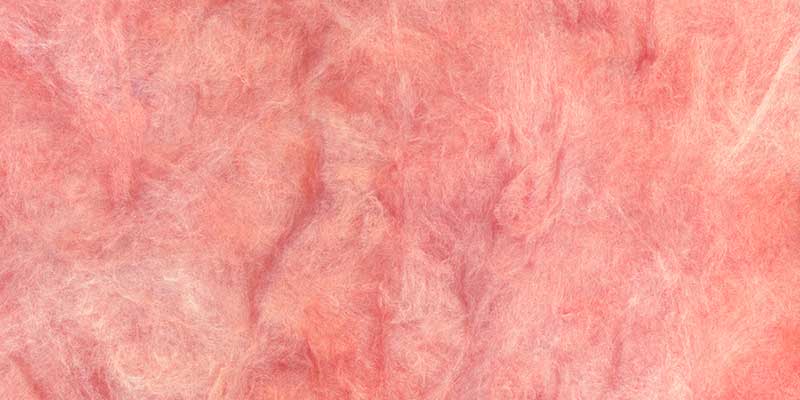Insulation is an efficient way to save energy because it helps keep a home warm in the winter and cool in the summer. Insulation, along with energy-efficient windows and other home features can trim down the monthly energy bill and boost comfort inside by helping regulate a comfortable indoor temperature.
But, what kind of insulation is best for your home, or even your business? The Paso Robles contractor, Frank Cueva of Central Pacific Construction, is the person to ask about the specific type of insulation that is best for residential or commercial buildings. There are a number of factors that can influence the best type of insulation.
Here is a look at the most common forms of insulation:
- Blanket and batt insulation are the most common types, consisting of a blanket or rolls (batts) of insulation that fill the empty spaces between walls, ceilings, and floors. This type of insulation is made up of flexible fibers woven in strips of various widths and thicknesses for different uses. The most common material is fiberglass, but this type of insulation can also be made from mineral fibers, plastic fibers, or natural fibers such as wool or cotton.
- Foam board insulation, made from polystyrene or polyurethane boards can be used for nearly any part of a building and are especially effective for insulating exterior walls, basements, and attic hatches as well as insulating the spaces between roof rafters.
- Liquid foam insulation is made from cementitious or polyurethane materials that are sprayed, injected, or poured into walls or under floors. It then hardens into an excellent insulating material. It is a good option for insulating existing walls because it can be injected without removing the walls.
- Loose-fill and blown-in insulation, usually consisting of cellulose, fiberglass, or mineral wool, can be blown or poured into the joist cavities on attic floors or in the joist cavities of walls.
- Radiant barriers and reflective insulation works by actually reflecting radiant heat. This type of insulation is usually a layer of radiant material, usually aluminum foil that is applied to a layer of traditional insulation that also has some form of backing. Reflective insulation forms a radiant barrier that lessens heat transfer from roofs down into an attic space. It must face an air space in order to be effective. They are most effective in hot climates, where they can lower cooling costs by 5 to 10 percent.
- Structural Insulated Panels (SIPs) are large prefabricated panels that include a 4- to 8-inches of foam board insulation sandwiched between strong facing materials, such as oriented strand board (OSB). This form of insulation is highly energy-efficient, more airtight and quieter. While not an option for insulating existing buildings, these panels can be used for additions and new construction.
- Insulating Concrete Forms (ICFs) are prefabricated forms for poured concrete walls that remain as part of the wall assembly. The system consists of foam boards or interlocking foam insulation blocks then concrete is poured over them to form the walls.
Ask the expert
Some types of insulation are more suited for industrial/commercial use than for residential use. And some local governments have building code requirements that specify certain types and ratings of insulation for certain uses. Except for a few hardy and handy “do-it-yourselfers” most of us are not equipped to pop into the hardware store to pick up insulation for a home project. We are better off hiring the Paso Robles contracting expert from Central Pacific Construction to do the construction or remodel and to make sure the correct insulation is installed.
Get a free email in your inbox daily. Visit the best Paso Robles news source.
